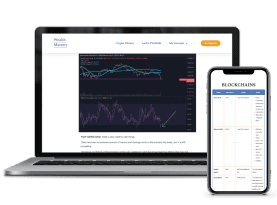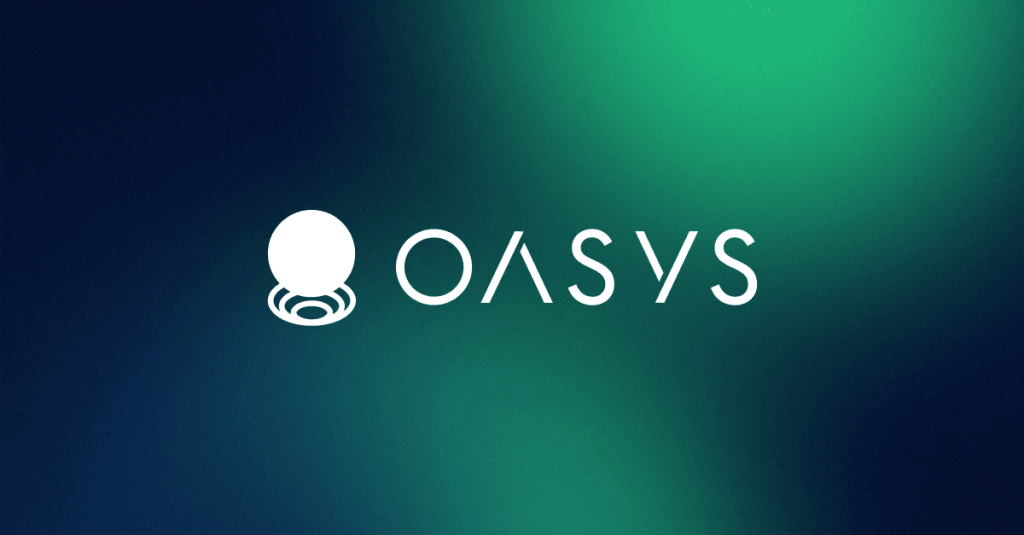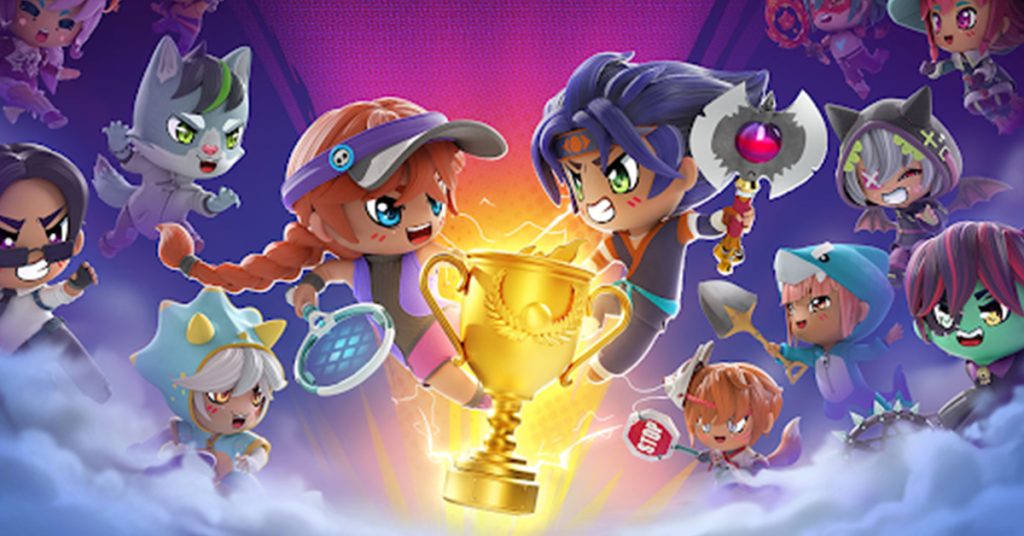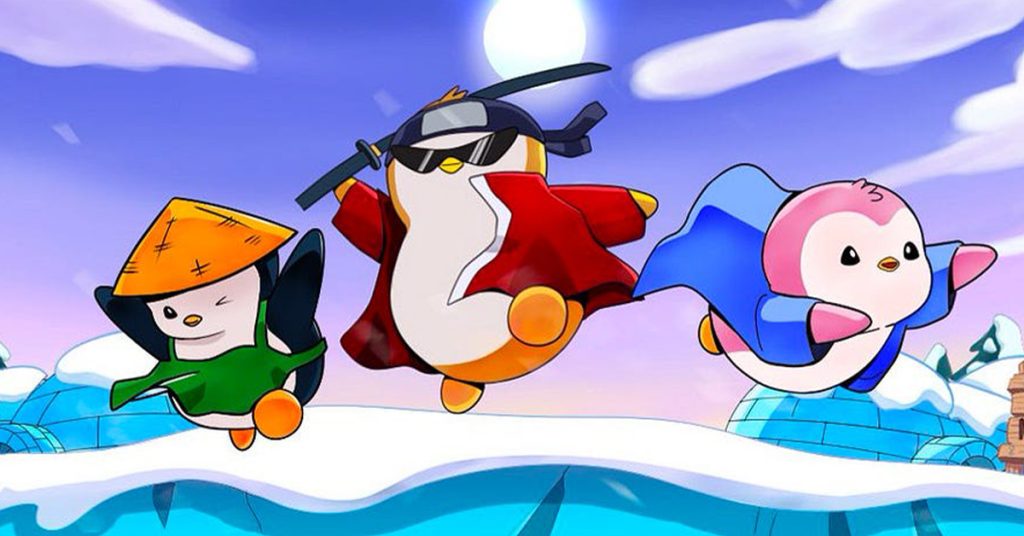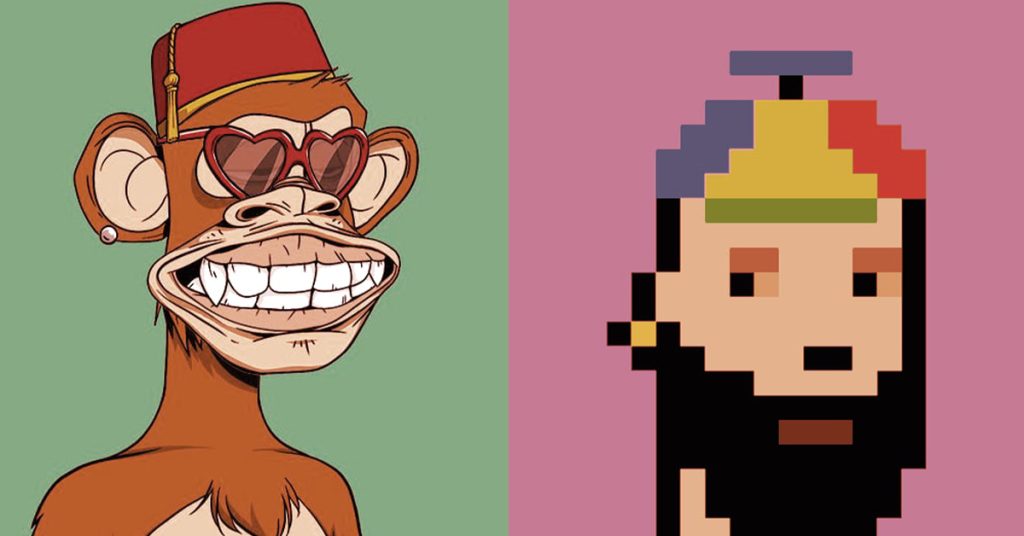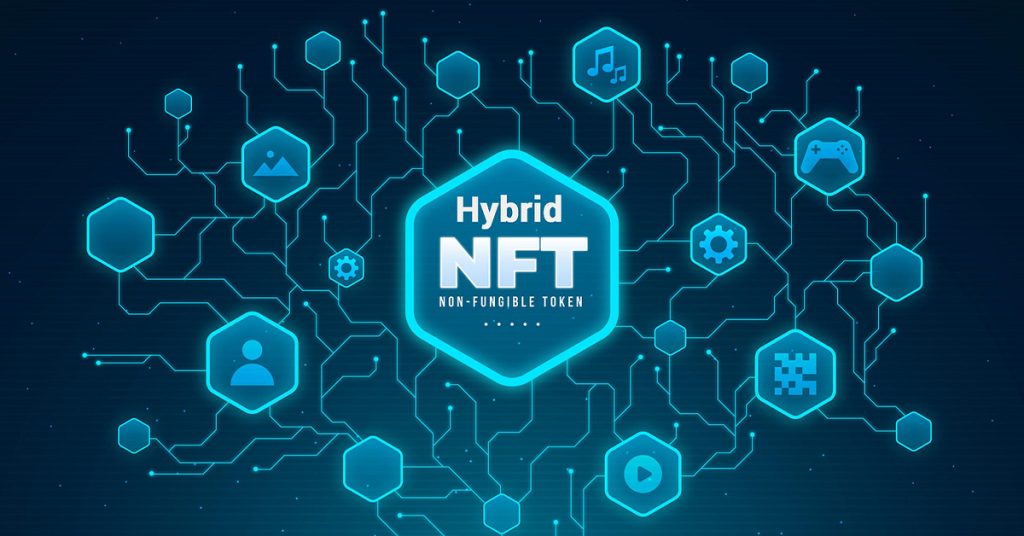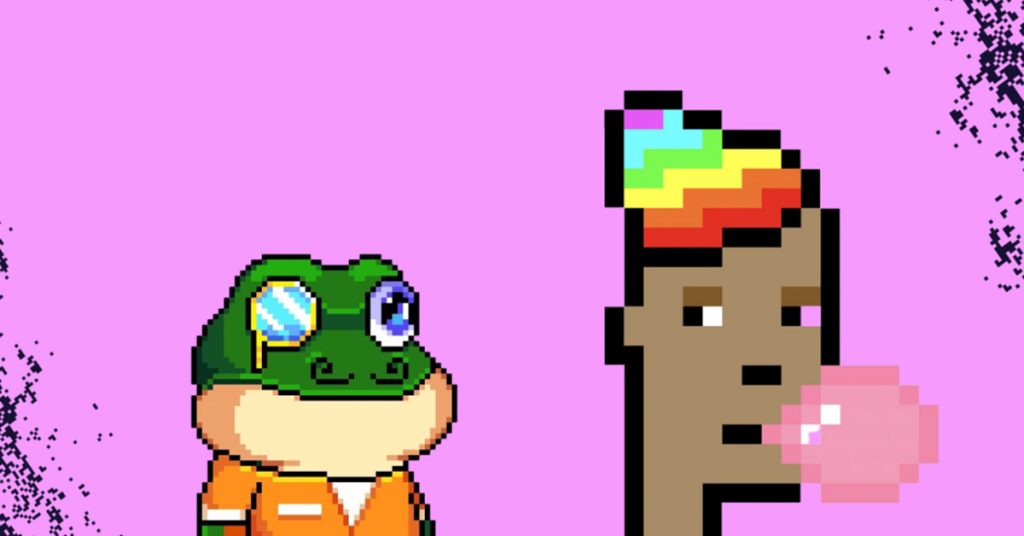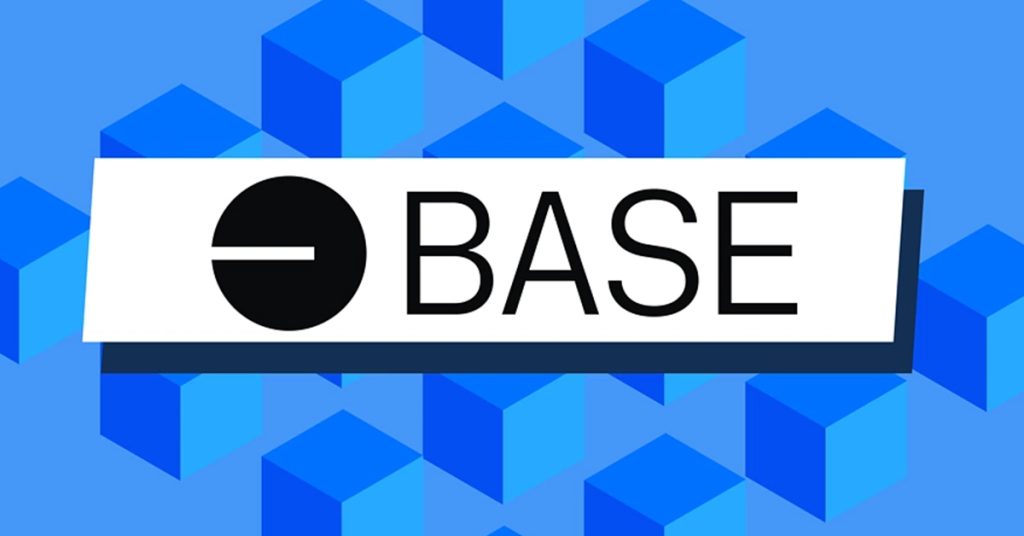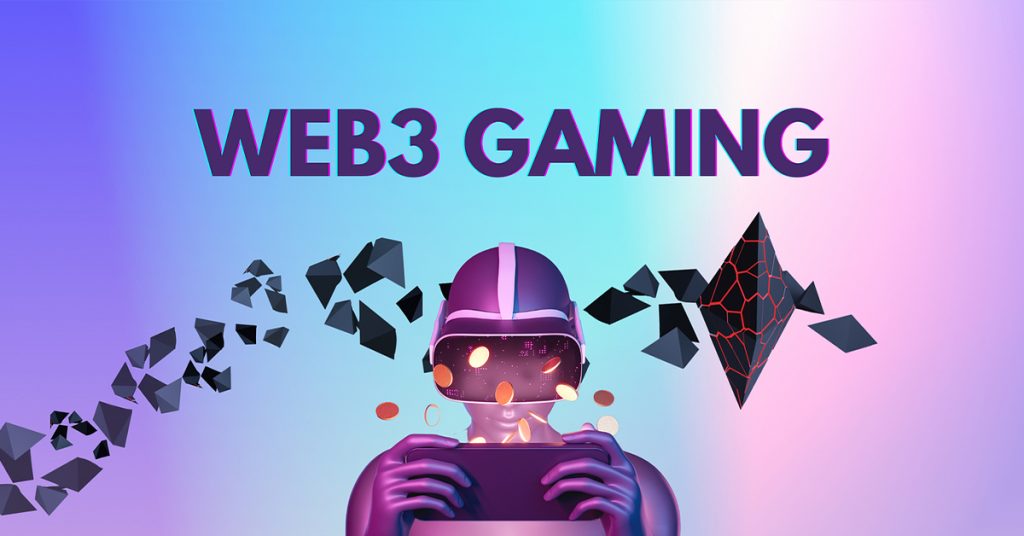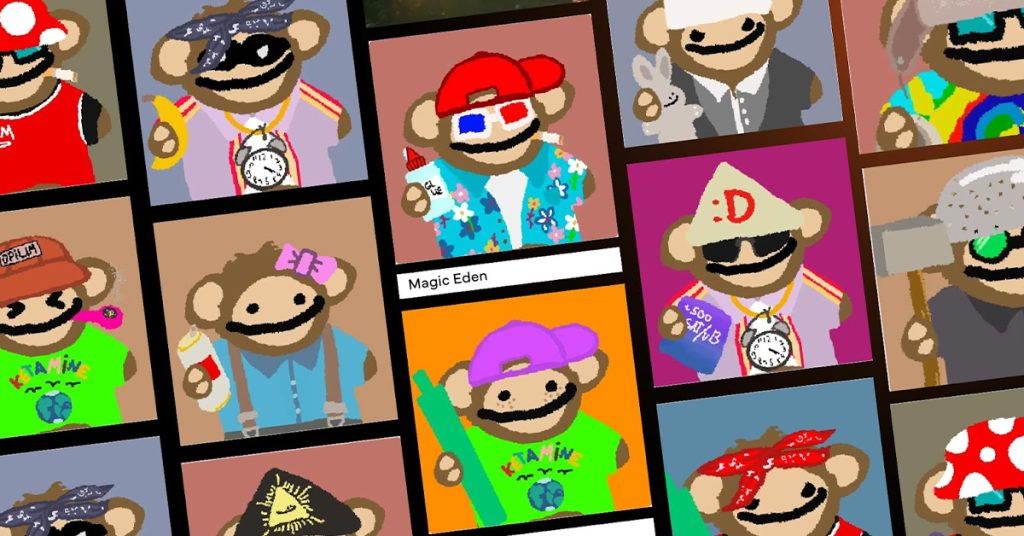What is Art Blocks? | Generative Art NFTs
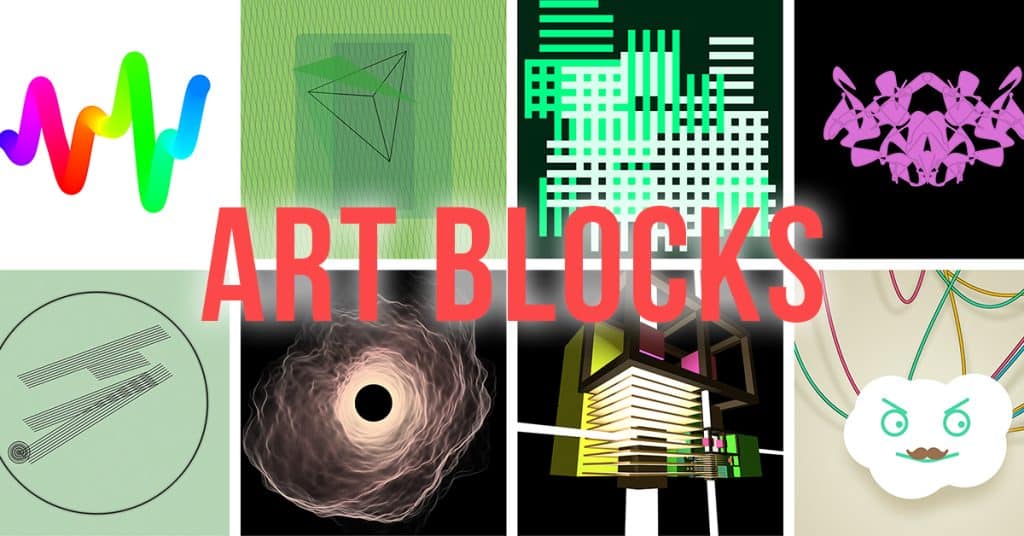
NFTs may have a huge range of potential future applications, but they’re currently most strongly associated with PFPs and art. In that second category, art, you can find all kinds of creations, but–probably because NFTs are part of the tech industry–there’s been a renaissance of generative art, and Art Blocks is the leading platform for generative art NFTs.
What is Generative Art?
Generative art from 1967 by Frieder Nake
We should start by figuring out what exactly is meant by that term, generative art. Actually, it’s pretty straightforward. Generative art means art that is created through a programmed algorithm, according to set parameters.
You might have one person creating everything to set the process in motion, in which case they would be a kind of coder-artist, and you might come across the term creative coding. Alternatively, you could have a collaborative project involving an artist and a coder working together.
For some early generative art that predates blockchain technology by decades, start with artists such as Frieder Nake, Georg Nees, and Paul Brown, and you’ll immediately see the similarities with current NFT-based generative art like that curated by Art Blocks.
How does Art Blocks Fit In?
A Chromie Squiggle by Snowfro
Art Blocks was launched in November 2020 by Erick Calderon, also known as Snowfro, who had profited from being an early CryptoPunks collector. The purpose of Art Blocks was to act as a platform for generative art coded on the Ethereum blockchain, which could be traded in NFT format. The first Art Blocks collection was Chromie Squiggles, by Snowfro himself.
In a sense, Art Blocks provides art on-demand. The process works through creators–artists/programers–assembling unique, artwork-making code, and when a buyer clicks mint, a new piece within a limited collection is automatically produced, appearing as an NFT in the buyer’s wallet.
The NFT space is a creative culture clash. At one end we have cartoonish illustrations of apes, aliens and zombies, and a fixation on pixelated gaming nostalgia. Then, at the other end of the spectrum–where Art Blocks resides–we find outsider artists and abstract compositions, and a crossover with top-end auction houses and exclusive gallery spaces.
The End of Curated Collections?
Fontana #27 by Harvey Rayner
Changes are in the pipeline, but Art Blocks has up to now had three different types of collection, Curated, Playground and Factory, of which Curated are the most prestigious.
As the name suggests, Curated collections are carefully selected, and they have been divided into eight series. However, Art Blocks recently announced that Series 8 will be the last of the Curated groupings, drawing a close to a colorful, fast-moving couple of years that have left a permanent impression on the worlds of both art and crypto.
Of the other two collection types, Playground projects are created by artists from the Curated section, but they don’t require approval in the way that Curated projects do. Factory collections are by other artists, and have a more relaxed admission process. However, Art Blocks is now gearing up for a series of alterations and upgrades.
What is Art Blocks 2.0?
Image credit: Art Blocks
In addition to wrapping up the Curated series, Art Blocks is overhauling its wider operations in preparation for what’s being called Art Blocks 2.0, with changes scheduled to be fully implemented at the beginning of November.
A major improvement from a practical point of view is that Art Blocks will utilize a new smart contract, lowering transaction costs for both artists and buyers by about 65%.
There will also be changes to the collection types. The Playground and Factory collections will join to become a new category called Art Blocks Presents. To distinguish original-era collections from new entrants, pre-upgrade work will be tagged with Heritage status.
Also, there will be a new category called Art Blocks Explorations, which houses specially commissioned projects produced in collaboration with the Art Blocks team.
Finally, there will be a revamped website. Expect the possibility of a surge of interest in both new and old collections around that time, keeping in mind that NFT markets are driven by attention.
Which Collections are the Most Highly Rated?
Fidenza by Tyler Hobbs
Art appreciation is, of course, totally subjective, but in terms of which collections have become the most famous, and have registered the highest-priced sales (this is where art meets crypto, after all), the top collections are Fidenza by Tyler Hobbs, Ringers by Dmitri Cherniak, and Chromie Squiggle by Snowfro.
Relatedly, take a look at the new QQL generative art platform, co-created by Tyler Hobbs and Dandelion Mane. The QQL application allows anyone to create generative art, but in order to mint an artwork into an official QQL NFT, users need a QQL Mint Pass.
The platform’s 900 Mint Passes were sold at the end of September for 14 ETH each (with the price found through a Dutch auction process), and they currently hold a floor price of 18.8 ETH on OpenSea.
QQL is separate from Art Blocks, but Tyler Hobbs achieved lasting fame through his Art Blocks-curated Fidenza collection, and QQL traces back directly to the impact of Art Blocks and its artistic/tech launchpad.

